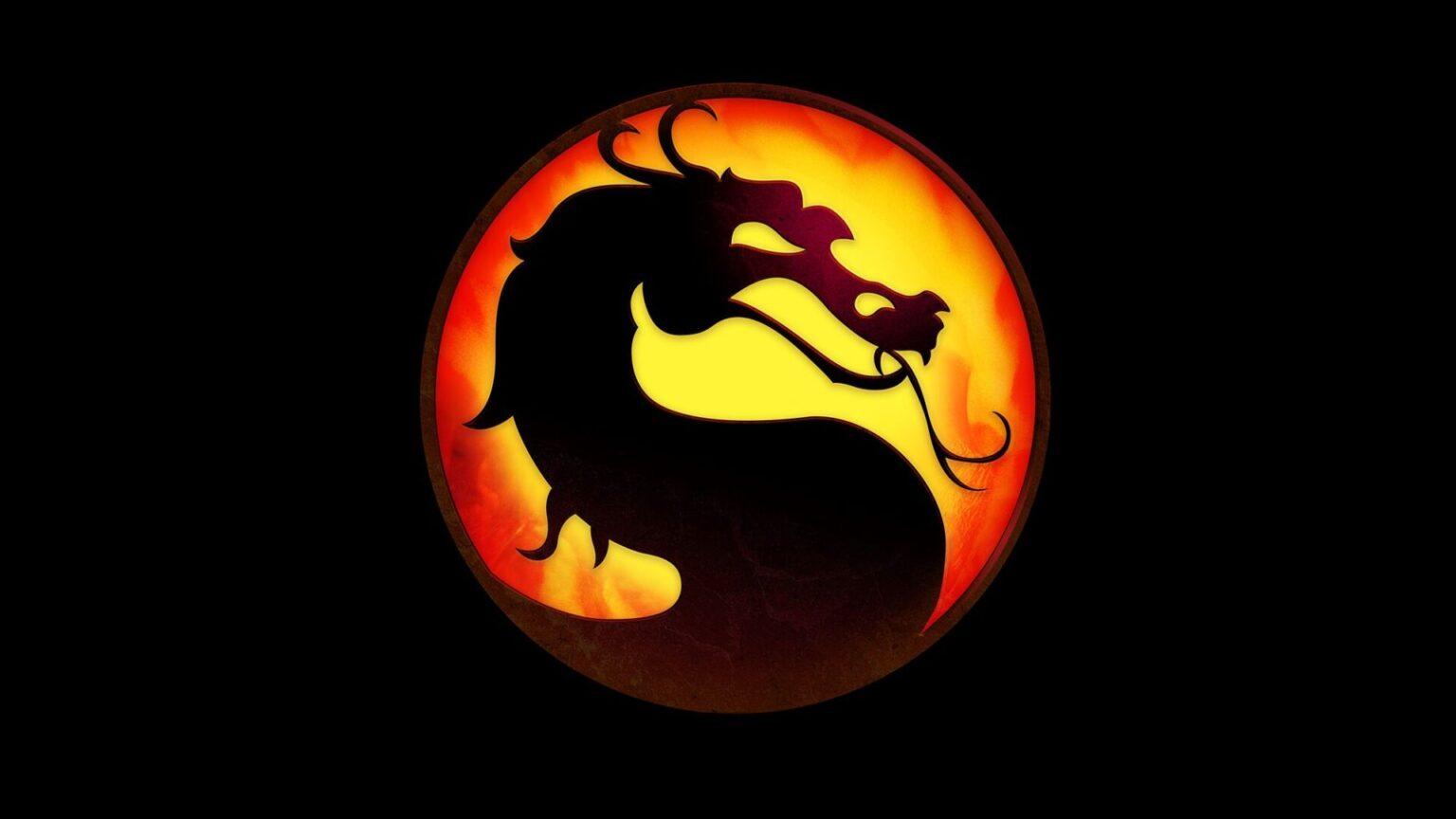Mortal Kombat: Legacy Kollection will bring together more than a decade of franchise history in one release. Digital Eclipse and Atari have confirmed that the compilation will launch digitally on October 30, 2025, followed by physical editions on December 12, 2025.
Digital Eclipse describes the project as both an archival restoration and a playable anthology that spans arcade cabinets, consoles, and handhelds between 1992 and 2003.
The return of WaveNet UMK3
The standout feature is the inclusion of the WaveNet version of Ultimate Mortal Kombat 3, a rare networked arcade build developed in 1996. It was originally limited to a handful of test locations in Chicago and San Francisco. This version was considered lost for decades, with few cabinets surviving. Digital Eclipse located a working unit, extracted the code, and adapted it for modern platforms.
WaveNet UMK3 includes gameplay tweaks, balance adjustments, secret features, and networked multiplayer that was far ahead of its time. It also features the first arcade appearance of Noob Saibot as a playable character.

WaveNet cabinets were notoriously unreliable and often dismantled after testing. Many assumed the code had been lost permanently. Its inclusion here means the version is not only preserved but now widely playable for the first time.
Comprehensive historical package
Mortal Kombat: Legacy Kollection will feature entries from across multiple hardware generations. This includes the arcade releases of Mortal Kombat, Mortal Kombat II, and Ultimate Mortal Kombat 3, along with a range of home console ports for SNES, Genesis, PlayStation, and Game Boy Advance.
More unexpected are the later spin-offs: Mortal Kombat Mythologies: Sub-Zero and Mortal Kombat: Special Forces are both confirmed. These entries mark some of the series’ experimental steps during the late 1990s.

The compilation runs on Digital Eclipse’s in-house “Gold Master Series” framework. This is the same foundation used for previous collections like The Making of Karateka, Llamasoft: The Jeff Minter Story and Atari 50. It allows for contextual features like interactive timelines, behind-the-scenes materials, box art galleries, and embedded video interviews.
Modern features for a classic lineup
Beyond preservation, the collection adds modern conveniences: rollback netcode for online multiplayer, a rewind function, optional CRT filters, and a dedicated music and sound gallery. These features bring the arcade experience to modern hardware without losing the original feel.
Three editions will be available. The standard digital release includes the full library. A Deluxe physical edition adds steelbook packaging, reversible covers, and posters. The Kollector’s Edition includes a Goro statue controller holder, a lore book, and additional art prints.


